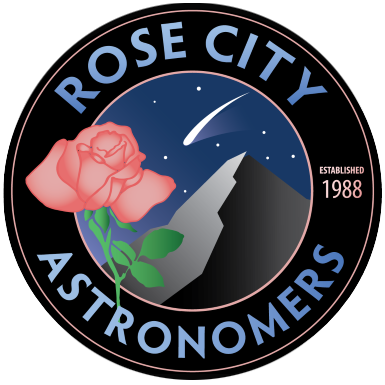We are losing the dark of night at the speed of light
What Is Light Pollution
Light pollution is excessive or inappropriate outdoor lighting. Light pollution hinders astronomy, wastes money, harms wildlife, threatens human health and safety, and robs us of our cultural heritage of a starry sky.
Almost 20 years ago NASA reported that perhaps two-thirds of the world's population can no longer look upwards and see the Milky Way. The problem is getting worse. New estimates say that only 1 out of 5 people can see the Milky Way.
Common forms of light pollution include:
Glare — excessive brightness causing visual discomfort
Urban sky glow — brightening of the night sky
Light trespass — light falling where it's not intended or needed.
You can help save our stars!
Below is a list of solutions to light pollution that are simple and save money!
Use fully shielded, dark-sky friendly fixtures to light only where needed. (That means lights shine down below a 180 degree plane and the bulb is not visible in the fixture).
Use lights only when needed. (Install timers, remote sensors, and/or dimmer switches, and turn off lights when not in use).
Use only the amount of light necessary for the task. Too much light is wasteful and impairs vision (i.e., creates glare).
Avoid blue-rich white lights (short-wavelength) to the extent possible. Use long-wavelength lights with a red, amber, or yellow tint to minimize disturbance to biological circadian rhythms and astronomical observation. (Blue light scatters more and is unnatural to a night sky).
Educate your neighbors, local school, and community associations about light pollution.
Work with community leaders to develop a lighting ordinance and adopt more sustainable policies.
Become a member of Dark Sky International today! (Once you join you will automatically be a member of the newly formed Dark Sky Oregon).
Become a member of RCA's Dark Sky Preservation Advocacy Committee
Dark Sky Advocacy - Get Active!
The RCA Dark Skies Preservation Director is Dawn Nilson who is also an official DarkSky International Delegate.
Oregon State Rules
The Oregon Legislature passed a lighting bill via the Building Code on May 1st, 2009, House Bill #3367. The law covers lighting on public buildings. This law is largely unknown or disregarded by most local governments. It’s up to you to be a watchdog and ensure its compliance.
City of Portland
The City of Portland is developing a report called Dark Skies: Strategies for Reducing Light Pollution in Portland with stakeholder input from Portland Audubon and RCA. This report will form the basis for any new ordinances and policies. There will be opportunities for general public input over the summer of 2020. For more information go to https://www.portlandoregon.gov/cbo/article/714558 and check in with this site for those opportunities.
Losing the Dark
Starry skies are a vanishing treasure because light pollution is washing away our view of the cosmos. It not only threatens astronomy, it disrupts wildlife, and affects human health. The yellow glows over cities and towns — seen so clearly from space — are testament to the billions spent in wasted energy from lighting up the sky.
To help raise public awareness of some of the issues pertaining to light pollution, Loch Ness Productions in collaboration with the International Dark-Sky Association has created a 6.5-minute "public service announcement" called Losing the Dark. It introduces and illustrates some of the issues regarding light pollution, and suggests three simple actions people can take to help mitigate it.
Losing the Dark was initially created in fulldome video format for digital planetarium use. It also has been made as a conventional flat screen video, for use in classrooms, kiosks, museum theaters, and advocate multimedia presentations. Classic planetarium theaters without fulldome capability can show this version using their traditional video projectors.






